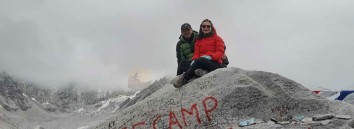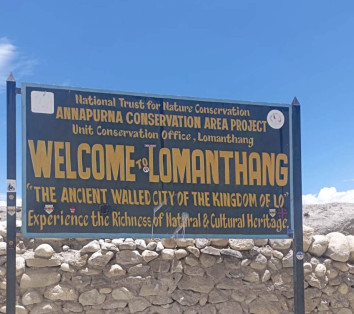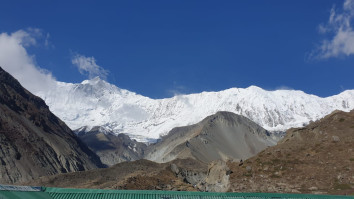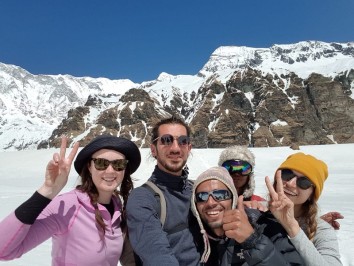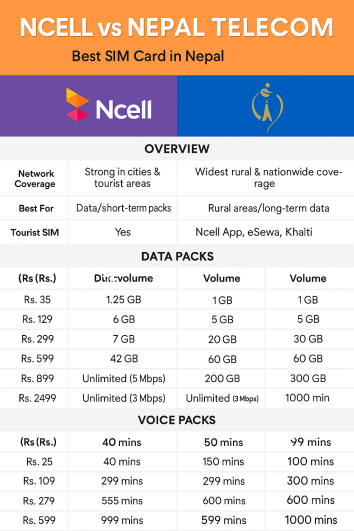Electric Condition of Nepal
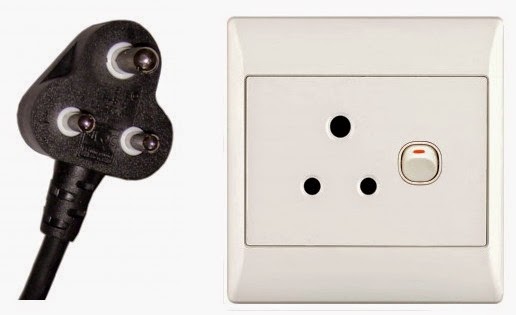
18th Jan, 2023
- annapurnaencounter
If you’re thinking to visit Nepal you should know the every condition of Nepal. Likewise, you have to pack your luggage. Think once before packaging because we know you will definitely bring your digital devices like: Camera, Mobile, Laptops, iPod, Smartphones, Tablets etc. But the electrical devices need the electrical energy to operate and you must have to know the Electrical Condition of Nepal.
Table of Contents
Electrical Condition of Nepal
Nepal has an electrical voltage of 220-240 volts. It supplies current at 50Mhz. exactly how different is this from other countries? In the US, Canada and South America, electrical voltage is 110-120 volts/60Mhz. The situation in Nepal is similar to many countries in Asia, Australia and Europe.
Plug sockets in Nepal
Electricity is 220V/50 cycles; 120V appliances from the USA will need a transformer. Sockets usually take plugs with three round pins, sometimes the small variety, and sometimes the large. Some sockets take plugs with two round pins. Local electrical shops sell cheap adapters.
What Should You Bring?
You can use your electric appliances in Nepal, if the standard voltage in your country is in between 220 – 240 V (as is in the UK, Europe, Australia and most of Asia and Africa). Manufacturers take these small deviations into account. If the standard voltage in your country is in the range of 100 V – 127 V (as is in the US, Canada and most South American countries), you need a voltage converter in Nepal.
If the frequency in Nepal (50 Hz) differs from the one in your country, it is not advised to use your appliances. But if there is no voltage difference, you could (at your own risk) try to use the appliance for a short time. Be especially careful with moving, rotating and time related appliances like clocks, shavers and electric fan heaters.
To be sure, check the label on the appliance. Some appliances never need a converter. If the label states ‘INPUT: 100-240V, 50/60 Hz’ the appliance can be used in all countries in the world. This is common for chargers of tablets/laptops, photo cameras, cell phones, toothbrushes, etc.
Recent From Travel Guide
.jpg)
18th Jan, 2023
_11zon.jpg)
18th Jan, 2023

18th Jan, 2023

18th Jan, 2023

8th Dec, 2023

9th Dec, 2023
.jpg)
11th Feb, 2025
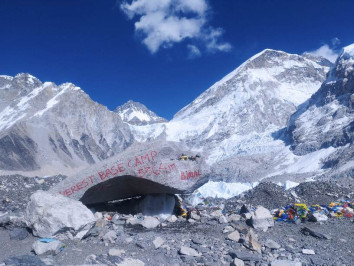
13th Dec, 2023
_11zon.jpg)
18th Dec, 2023
.jpg)
2nd Jan, 2024

3rd Jan, 2024
_11zon.jpg)
23rd Jun, 2025

24th Jan, 2024
.jpg)
30th Jan, 2024

4th Feb, 2024

5th Feb, 2024
-4.jpg)
6th Feb, 2024

12th Feb, 2024
_11zon.jpg)
18th Feb, 2024
-1.jpg)
7th Mar, 2024

12th Mar, 2024
.jpg)
13th Mar, 2024

20th Mar, 2024

26th Mar, 2024

14th Jan, 2025

14th Jan, 2025

16th Jan, 2025

18th Jan, 2025

20th Jan, 2025

24th Jan, 2025

5th Feb, 2025

5th Feb, 2025
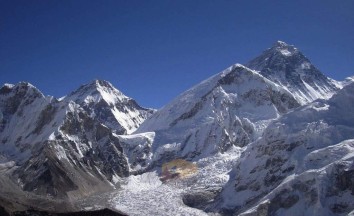
9th Feb, 2025

14th Mar, 2025

3rd Apr, 2025
.jpg)
11th Apr, 2025

16th Apr, 2025
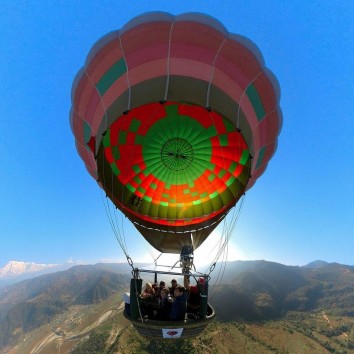
20th Apr, 2025
.jpg)
27th May, 2025
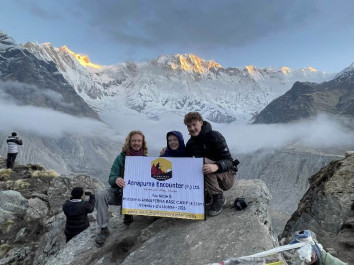
14th Jun, 2025

15th Jun, 2025

17th Jun, 2025
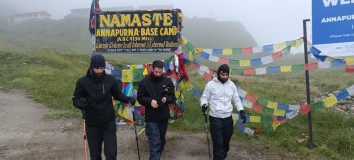
18th Jun, 2025

19th Jun, 2025

23rd Jun, 2025
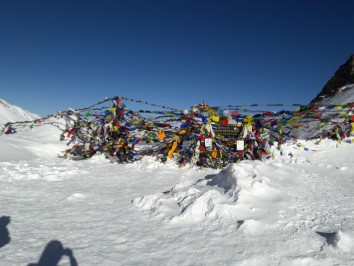
24th Jul, 2025


.jpg)
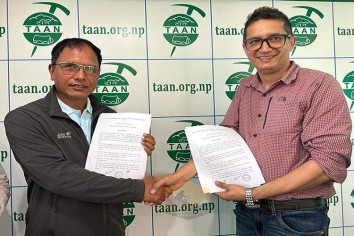
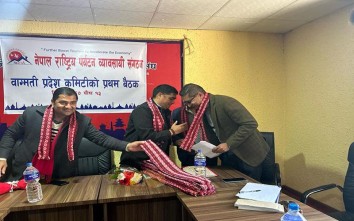
.jpg)
_11zon.jpg)

.jpg)
.jpg)

.png)


.jpg)
.jpg)
-1.jpg)
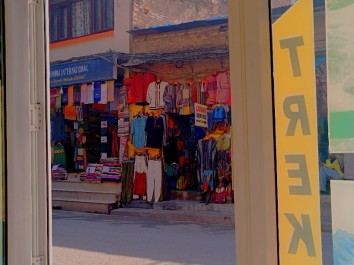
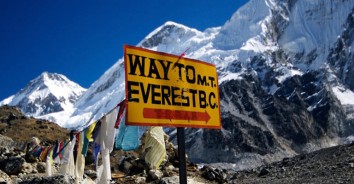
.jpg)

-1.jpg)
